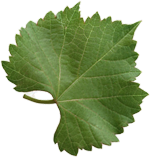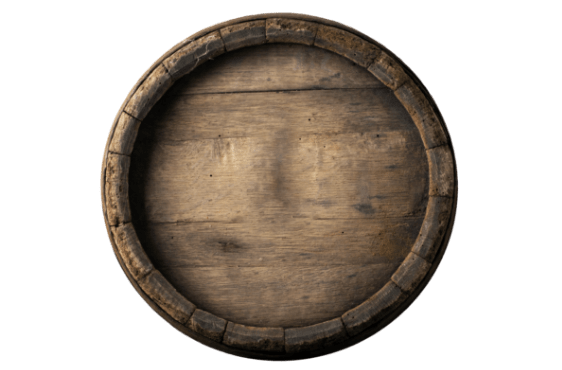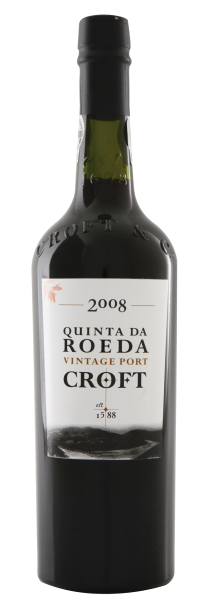





16°C to 18°C
Bottle lying down
Recommended
DOURO
Quinta da Roêda Vintage 2008
Quinta da Roêda is the cornerstone of Croft’s reputation as a producer of superb Vintage Ports. Its characteristically plump, full, vigorously fruity wines, with their hallmark
aroma of Gumcistus, the aromatic bush, are the quintessence of the inimitable Croft house style
Tasting Notes: Deep inky purple with narrow magenta rim. The nose is redolent of potent and heady gumcistus, eucalyptus and Mediterranean hillside scents enveloping a soft luscious core of rich jammy raspberry fruit. Subtle and fleeting hints of cedar, woodsmoke and coffee provide an additional layer of multi-dimensional complexity. This is an archetypal Roêda nose with its exotic resiny fragrances and opulent fruit. The palate is characteristically plump and round but firmly supported by solid perfectly integrated tannins. The long finish is propelled by a vigorous burst of sumptuous fruit restrained by an attractive tannic grip.
viticultural year and harvest
The 2008 winter was drier and colder than normal with only 258mm of rain falling at Pinhão between November and March. Fortunately, a wet April ensured the ground water reserves were sufficiently replenished. Flowering occurred under wet and cold conditions and as a result poor set affected all grape varieties, resulting in lower yields, but with great concentration of flavour.
The temperatures for the 2008 growing season were remarkably similar to 2007, with lower than average temperatures and a mild August. The final ripening of the grapes was greatly enhanced with rain falling between the 4th and 7th September and a further downpour just before the vintage started.
Facing south across the Douro River, Quinta da Roêda benefits from full exposure to the sun, resulting in a slightly earlier harvest date than most estates in the neighbouring Pinhão valley. A key characterisitic of the entire vintage was the ideal weather conditions, hot days combined with cold nights. This not only gave perfect weather for the final ripening of the grapes, but also for the fermentations. Fruit remained perfectly healthy until the end of the harvest.
Reviews











